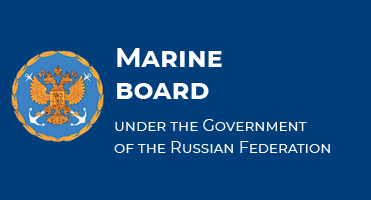Changes to the Territorial Planning Scheme of the Russian Federation in the Seaport of Kaliningrad
By order No. 2054-r of the Government of Russia dated October 14, 2015, the territorial planning scheme of the Russian Federation for development of federal transport, approved by order No. 384-r of the Government of Russia dated March 19, 2013 was amended.
In particular, adjustments are related to the updating of investment projects on development of port facilities of the Kaliningrad region, in response to earlier changes in the Federal Target Program “Development of Transport System of the Russian Federation (2010-2020)” were introduced into the territorial planning scheme for development of the seaport of Kaliningrad .
A new direction of future development of the port infrastructure of the seaport of Kaliningrad will be the construction of several sea terminals, which will be implemented in several stages.
The first stage envisages the construction of an international sea cargo-passenger terminal in the city of Pionersky, Kaliningrad region, involving the planned construction of berths aimed to accomodate cruise ships with passenger turnover up to 250 thousand people per year and accommodate ferries with a capacity of up to 1 million people a year.
FSUE “Rosmorport” together with the Government of the Kaliningrad region signed an Agreement on Cooperation in the design of sea terminal facilities in December 2014 in order to implement this project. In addition, FSUE “Rosmorport”, Government of the Kaliningrad region and MSC Cruises signed a Memorandum of Understanding on the joint implementation of the project. Currently, the enterprise as a customer has completed the competitive procedure for the selection of a contractor for the drafting of project documentation and conducting the engineering survey for this project.
The next step of the program will be the construction of a deep-sea port near the Yantarny village, Kaliningrad region with a total capacity of about 50 million tonnes per year, consisting of a number of sea terminals for transshipment of general, ro-ro, container and bulk cargoes, as well as the construction of a terminal for reception, storage and regasification of liquefied natural gas.
In the framework of the implementation of the second stage, the enterprise is currently analyzing the investment feasibility and availability of the declared cargo base, as well as considering the involvement of private investors for implementation of investment projects on construction of coastal port infrastructure.











